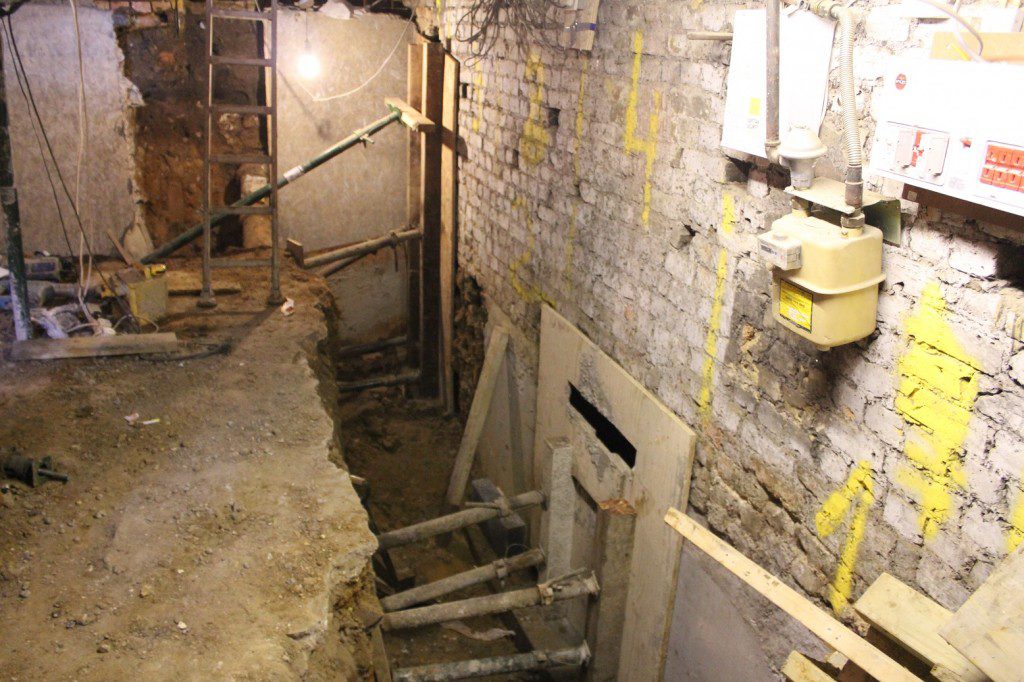
What Are the Types of Underpinning?
- admin
- 0
- Posted on
There are many types and types of underpinning. In general, underpinning involves the removal
of soil beneath the foundations of a home and then the replacement of soil with concrete.
Although the process can be performed manually, heavy excavation equipment is required for
specialized projects. Mass concrete underpinning is a good choice for shallow foundations. It
doesn’t require heavy machinery, which helps keep labour costs low.
When soil supporting a building has lost its bearing capacity or is weak, it is important to
underpin the structure. If the soil is unstable, then the building will shift and settle. Underpinning Melbourne may be justified by certain facts. If you see signs of distress in a building, it is worth getting a
professional assessment to determine if the soil can support the new structure.
Why Consider Underpinning
There are many reasons to consider underpinning a home, including water level, extra storeys,
or extensions. Although underpinning methods can vary, the goal is the same: to distribute the
building’s weight over a suitable level of support. Mass concrete underpinning is the process of
digging sections below the foundations and then pouring concrete in the excavations. It is the
traditional method for underpinning a home, but it is lengthy and disruptive. However, it is useful
if you have a shallow foundation or need to add extra depth to an existing structure.
Mini-piles is one of the most common types of underpinning. Mini-piles are usually less than half
a meter wide and are often used to tie back structures. They do not require digging or piling,
unlike driven piles. Mini-piles are durable and can withstand loads of up to 1,000 N. They can
also be used to support foundation underpinning in areas where access is difficult.
Helical tiebacks are perhaps the most complex method of underpinning. They use square tubes
and steel helices that are driven into a ground at an odd angle. This is a great solution for bowed
basements and supporting retaining walls. It can also be used to straighten out bowed cellars.
These are screwed into competent stratum and secured using a whaling plate. They require a
variety of tools to be installed.
Method of Underpinning
Another method of underpinning is beam and base. This is a refined method of mass concrete
underneathpinning. The footing is supported by a reinforced concrete beam. The beam transfers
weight from the structure to its mass concrete base. The type of foundation used and the load it
must support determine the size of the beam and base. It is important that you note that
underpinning works are often designed with anti-heave precautions in mind.
Another method used to fix weak foundations is jacking. This method involves drilling holes into
the wall at the foundation level. Then, a series strong needles are inserted through these holes
to support the entire structure’s load. This technique is time-consuming, costly, and disruptive.
Modern underpinning involves many proprietary techniques. Figure 7.29 illustrates four common
underpinning techniques.
Piled underpinning can also be used. This method is typically used when the soil is firm at a
depth that is greater than the height of the foundation. It is often used when there is restricted
access to the area or the foundation is underground. Additionally, the minimal movement of
structures is essential for mudjacking. Pile foundations require technical expertise and
specialized equipment. They are therefore quite expensive.
Traditional underpinning is difficult and requires extensive excavation. Geopolymer options are
quick and easy to use, and donâ€TMt require excavation. This method is much faster than
traditional underpinning and takes only a few days. Geopolymer solutions do not cause
disruption. Traditional underpinning involves digging under the house. The structure is not
damaged by the excavation.